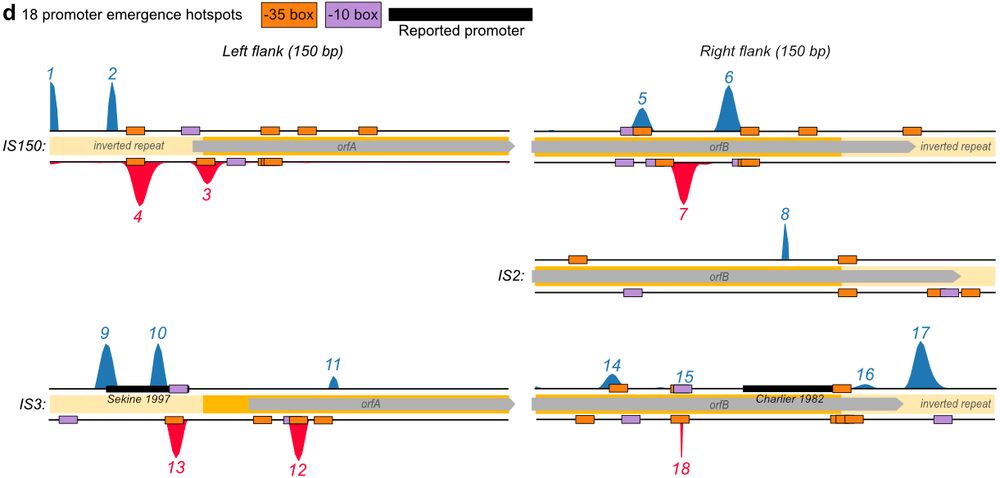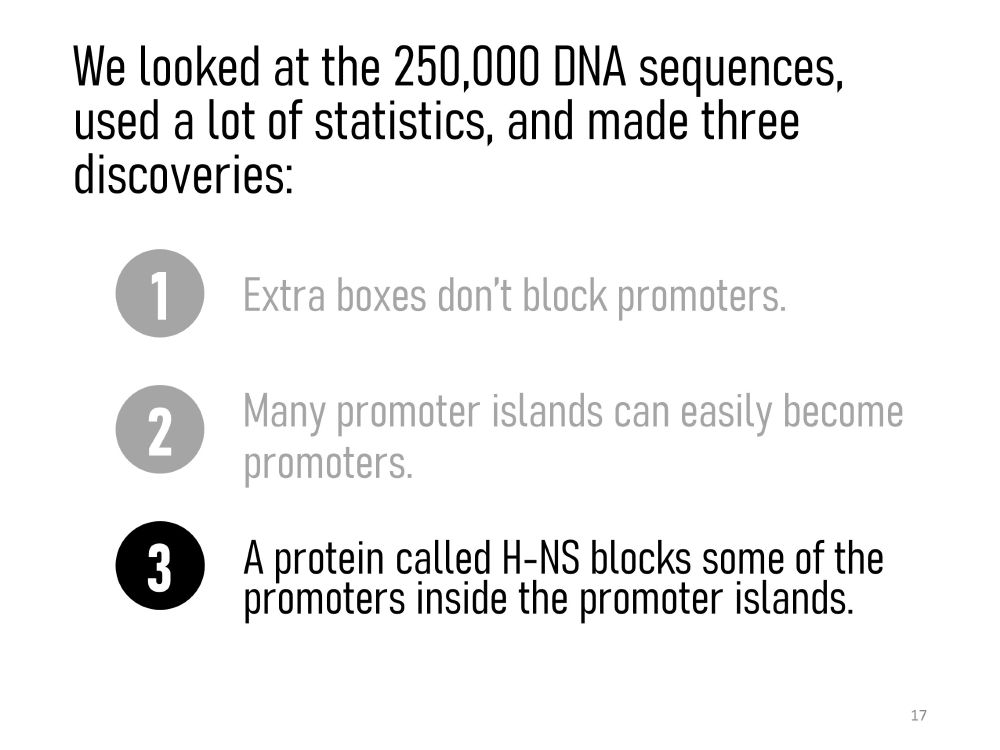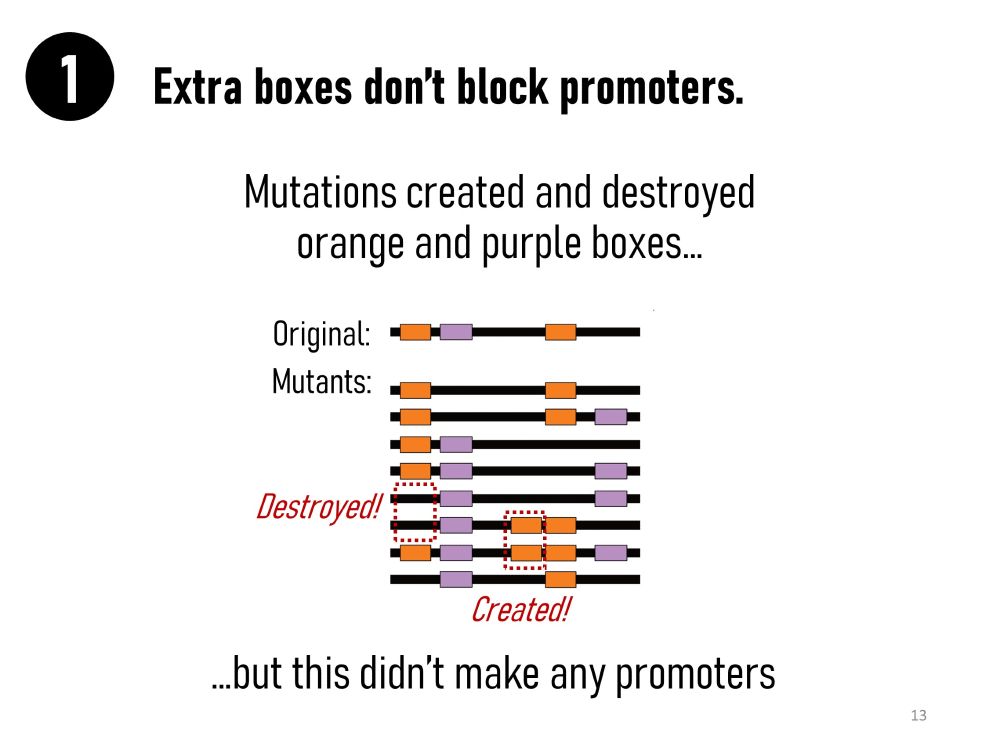timothyfuqua.com
I’ve had some great memories here, sorting cells, and looking at promoters. I think it’s also time to announce where I’m off to next…

I’ve had some great memories here, sorting cells, and looking at promoters. I think it’s also time to announce where I’m off to next…

As always…

As always…




Check out how pioneer motifs are distributed around the nucleosomes:

Check out how pioneer motifs are distributed around the nucleosomes:


There's surprisingly a lot of sequence conservation outside of these motifs though...surely drift would have changed some of these by now?

There's surprisingly a lot of sequence conservation outside of these motifs though...surely drift would have changed some of these by now?















